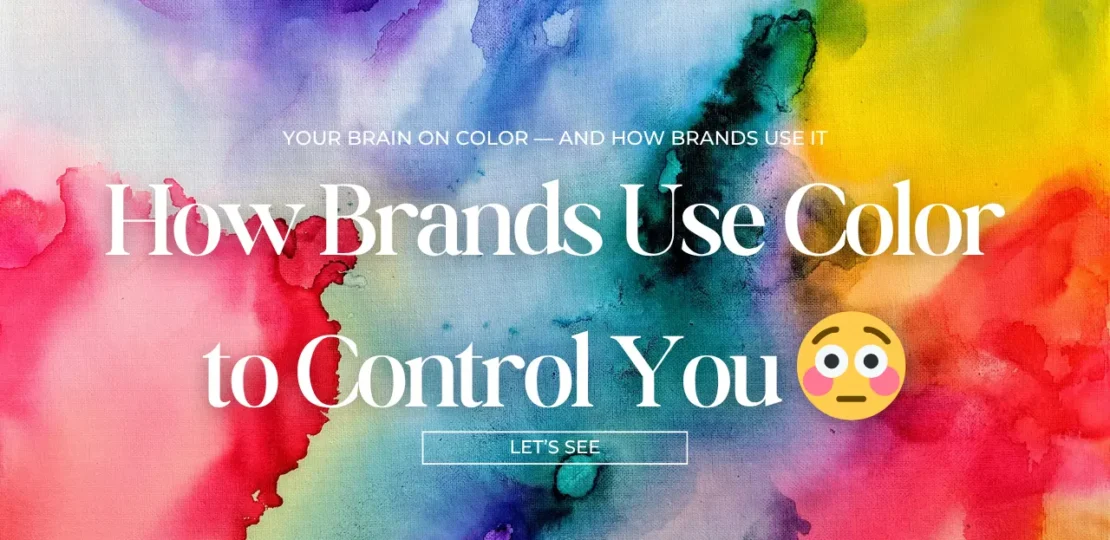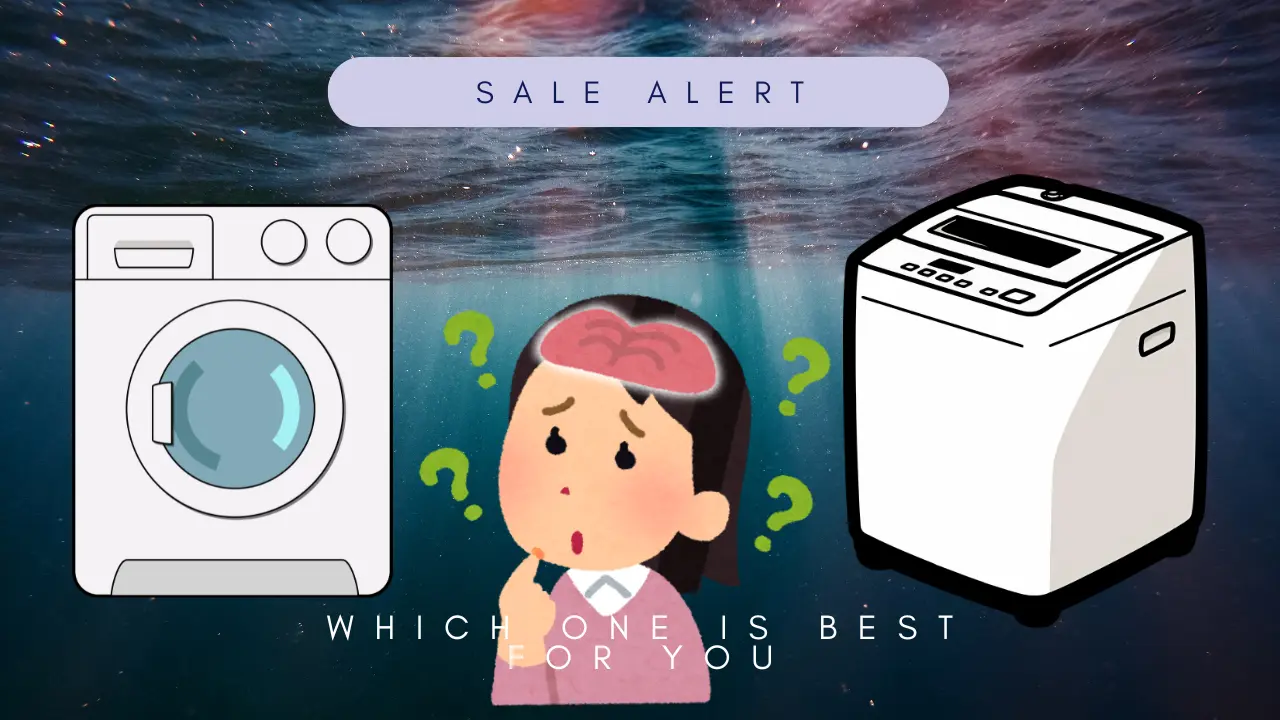How Companies Use Color to Hack Your Buying Brain — and How to Outsmart Them
October 13, 2025 | by Wellness World

Keywords used naturally: color psychology in marketing, consumer awareness, color marketing strategies, how brands use color, buying decisions, emotional marketing, color influence, marketing tricks, consumer psychology, color branding.
Introduction: The Invisible Power of Color
Have you ever wondered why McDonald’s uses red and yellow, or why tech companies love blue?
That’s not a coincidence — it’s strategy. Every color you see in a store, on a website, or in a logo is carefully chosen to make you feel something and then buy something.
Color isn’t just decoration. It’s persuasion. Studies show that up to 90% of snap judgments about products are based on color alone. Companies spend millions testing color combinations to trigger emotional responses.
Let’s uncover how color psychology in marketing silently shapes your shopping habits — and how you can outsmart it.
1. The Psychology Behind Color and Buying Decisions
Your brain processes visual information 60,000 times faster than text. So before you even read a brand’s message, you’ve already felt it through color.
Marketers use color psychology to:
- Create emotional connection
- Build brand trust
- Guide your eye toward the “Buy” button
- Influence perception of value and quality
For example:
- Warm colors (red, orange, yellow) create excitement, urgency, and hunger.
- Cool colors (blue, green, purple) suggest trust, calmness, and luxury.
- Neutrals (black, white, gray) convey sophistication and simplicity.
Each shade speaks to your subconscious — and companies use this to guide your behavior.
2. The Color Code of Major Brands
Let’s break down how famous brands use color marketing strategies to control perception:
| Color | Meaning in Marketing | Example Brands | Emotional Trigger |
|---|---|---|---|
| Red | Excitement, urgency, appetite | Coca-Cola, KFC, YouTube | Makes you act fast, stimulates hunger |
| Blue | Trust, security, calm | Facebook, PayPal, HDFC Bank | Encourages confidence and reliability |
| Yellow | Optimism, energy | McDonald’s, Best Buy | Grabs attention, feels cheerful |
| Green | Nature, health, balance | Starbucks, Whole Foods | Suggests freshness and growth |
| Black | Power, luxury, sophistication | Chanel, Apple | Appeals to exclusivity and premium feel |
| Purple | Creativity, mystery | Cadbury, Hallmark | Adds elegance and imagination |
| Orange | Fun, affordability | Fanta, Amazon | Creates friendliness and energy |
These aren’t random — they’re psychological triggers. When you see Amazon’s orange “Add to Cart” button, it isn’t just design. Orange creates a sense of enthusiasm, subtly telling your brain: “Go for it!”
3. The Science of Color Triggers
Here’s how color hacks your brain’s decision-making:
- Color affects emotion first, logic later.
Your brain’s emotional center (the limbic system) reacts to color before your rational brain analyzes it. - Color influences perceived value.
A luxury perfume in a black box feels more expensive than the same perfume in a bright pink one. - Color creates urgency.
Red clearance signs make shoppers feel they’re getting a time-sensitive deal — even if the price isn’t special. - Color boosts brand recall.
You might forget a tagline but remember the Tiffany blue box forever. That’s the color effect.
4. How Online Stores Use Color to Make You Spend More
Online businesses have perfected digital color psychology.
Here’s how e-commerce platforms guide you silently:
- Red “Sale” banners trigger impulse buys.
- Green “Checkout” buttons feel safe and inviting.
- Blue website backgrounds make you trust payment gateways.
- Black-and-white layouts make premium products seem more valuable.
- Bright contrasting buttons draw your eye to the call to action.
Every hue is tested using A/B experiments — whichever color leads to more clicks becomes the permanent design.
So, when you see that bright red “Limited Time Offer” pop-up, remember: it’s not luck. It’s lab-tested persuasion.
5. The Hidden Traps: Color and Emotional Marketing
Color psychology in marketing isn’t just about selling — it’s about controlling mood.
Here are the common ways brands manipulate emotion through color:
- Red for urgency: Used in countdown timers and flash sales.
- Yellow for optimism: Used in “New Arrival” tags to make you curious.
- Black for power: Used in luxury ads to make you desire exclusivity.
- Pink for softness: Used in skincare to signal comfort and self-care.
- Blue for trust: Used in financial apps and banks to calm anxiety about money.
Once you understand this pattern, you’ll notice it everywhere — from supermarket packaging to Netflix’s red thumbnails that increase click-through rates.
6. How Color Combos Change Your Behavior
It’s not just one color — it’s the combination.
Marketers use specific pairings to guide your eyes and emotions:
- Red + Yellow: Hunger and excitement (McDonald’s, KFC)
- Blue + White: Cleanliness and trust (Oral-B, Dove)
- Black + Gold: Luxury and success (Rolex, Louis Vuitton)
- Green + Brown: Natural and organic (Starbucks, Whole Foods)
- Purple + Pink: Creativity and comfort (Cosmetic brands)
Each combo builds an emotional story — and your brain fills in the rest.
7. The Dark Side: Color Bias and Consumer Manipulation
Color can be powerful, but it’s also used unethically.
For example:
- Fast food chains use red and yellow to increase appetite, even when you’re not hungry.
- Online stores use orange or red buttons to trick you into clicking quickly before thinking.
- Financial apps use blue to mask risk and appear more trustworthy.
Even social media platforms play with this psychology:
The red notification dot on Instagram or YouTube triggers dopamine — a chemical linked with pleasure and addiction.
Color isn’t just visual. It’s behavioral conditioning.
8. How to Outsmart Color Manipulation
Becoming color-aware doesn’t mean you stop enjoying beautiful design — it means you buy consciously.
Here’s how to protect yourself:
- Pause before purchase.
If a color or banner makes you feel urgent, stop. That emotion is designed to rush your decision. - Switch to grayscale.
When shopping online, try switching your screen to grayscale (black and white mode). Without color cues, you’ll make more rational decisions. - Recognize emotional colors.
When you feel happy, excited, or anxious while shopping, ask yourself — is it the product or the color scheme? - Compare packaging.
Don’t assume expensive-looking colors mean higher quality. Compare ingredients or specifications instead. - Educate others.
Share consumer awareness about color psychology — once more people recognize it, marketing loses its invisible power.
9. Color Psychology for Ethical Brands
Not all color marketing is manipulation. Ethical brands use color to communicate honestly — not to deceive.
For example:
- Green in eco-products when the brand is genuinely sustainable.
- Blue in fintech to build real trust through transparency.
- Black in luxury goods to highlight craftsmanship, not just price.
When used with integrity, color becomes storytelling — not trickery.
10. Final Thoughts: Awareness Is Power
Color psychology in marketing will always exist — because it works. But once you understand how brands use color to influence your buying brain, you gain control.
You’ll start noticing patterns:
- The red “Buy Now” button.
- The green “Safe Checkout” badge.
- The black-and-gold luxury banner.
And instead of reacting emotionally, you’ll respond consciously.
In a world where marketing is more psychological than ever, consumer awareness is your best defense.
Next time you shop online or walk through a mall, look beyond the price tags — and see the colors working behind the scenes.
Bonus Tip: A Quick Color Awareness Checklist
✅ Spot the dominant color in ads — ask, “What emotion are they trying to trigger?”
✅ Avoid impulse buying triggered by red or orange banners.
✅ Check if “eco” green packaging matches real sustainability claims.
✅ Use neutral color filters to make objective decisions.
✅ Remember: every color sells a feeling first, a product second.
Conclusion
Color isn’t harmless — it’s a silent salesman. But awareness turns manipulation into mindfulness.
By understanding how companies use color to hack your buying brain, you become the one in control of the purchase — not the palette.
So the next time a red button calls out “Limited Time Offer!”, smile — because now you know the psychology behind the paint.
RELATED POSTS
View all


